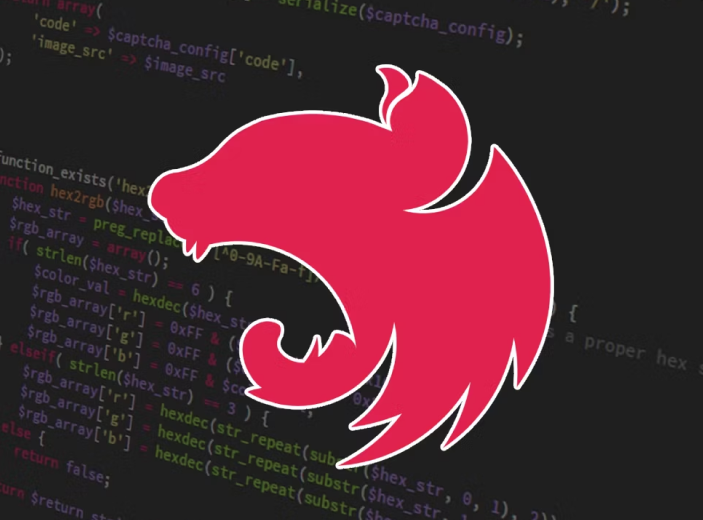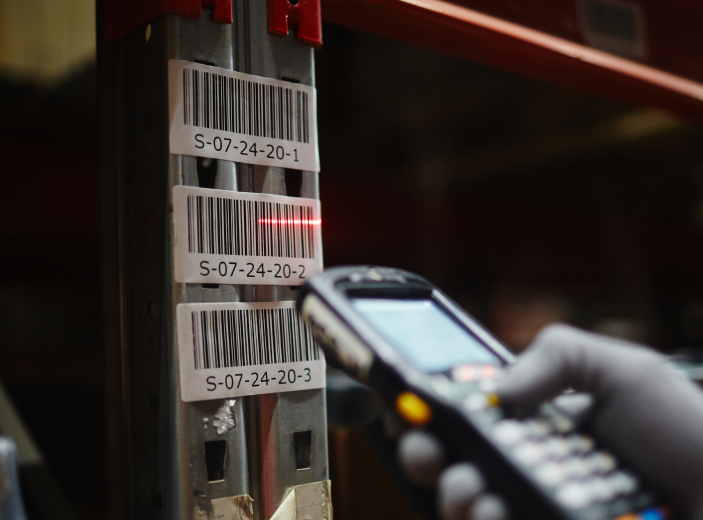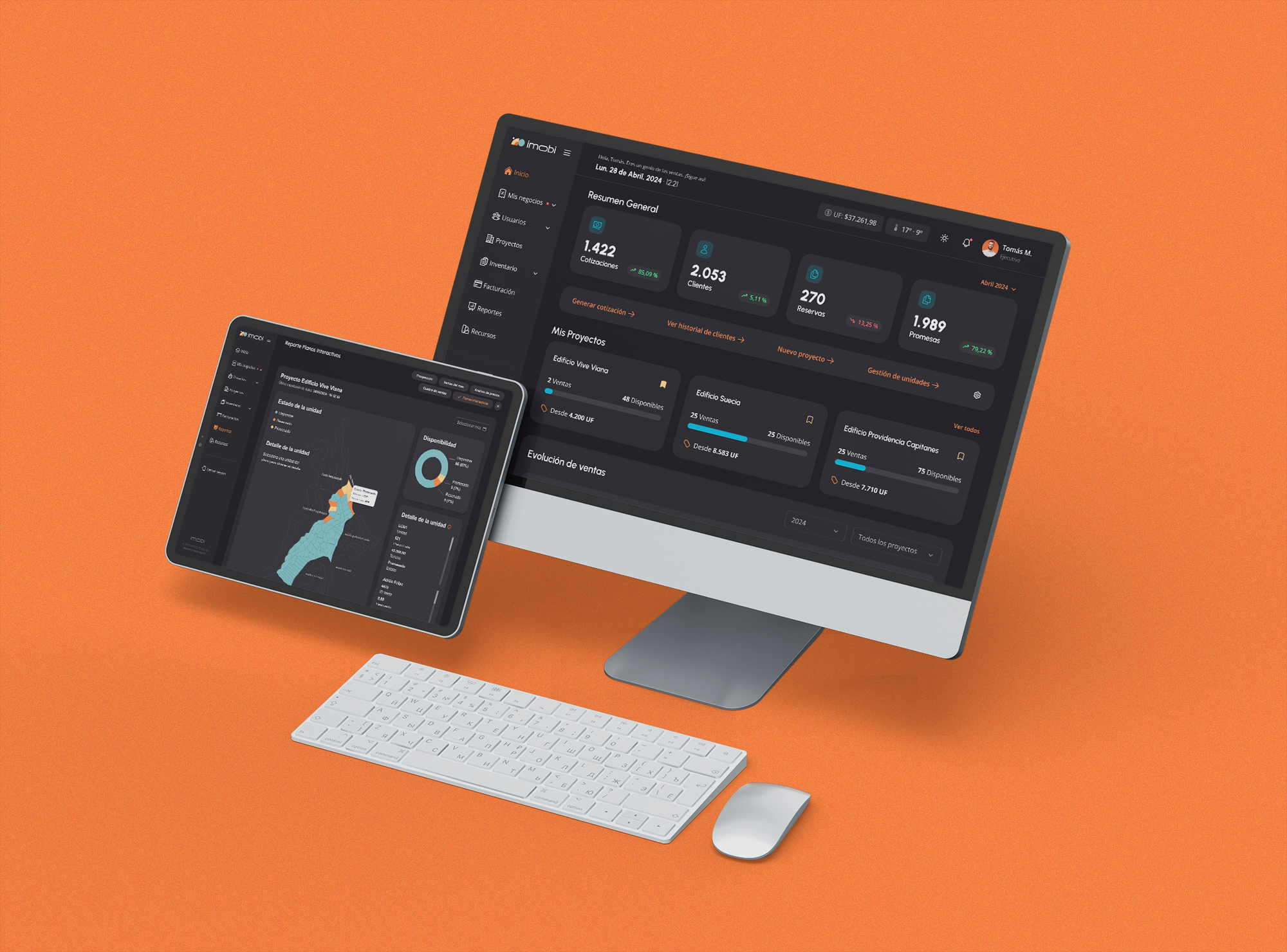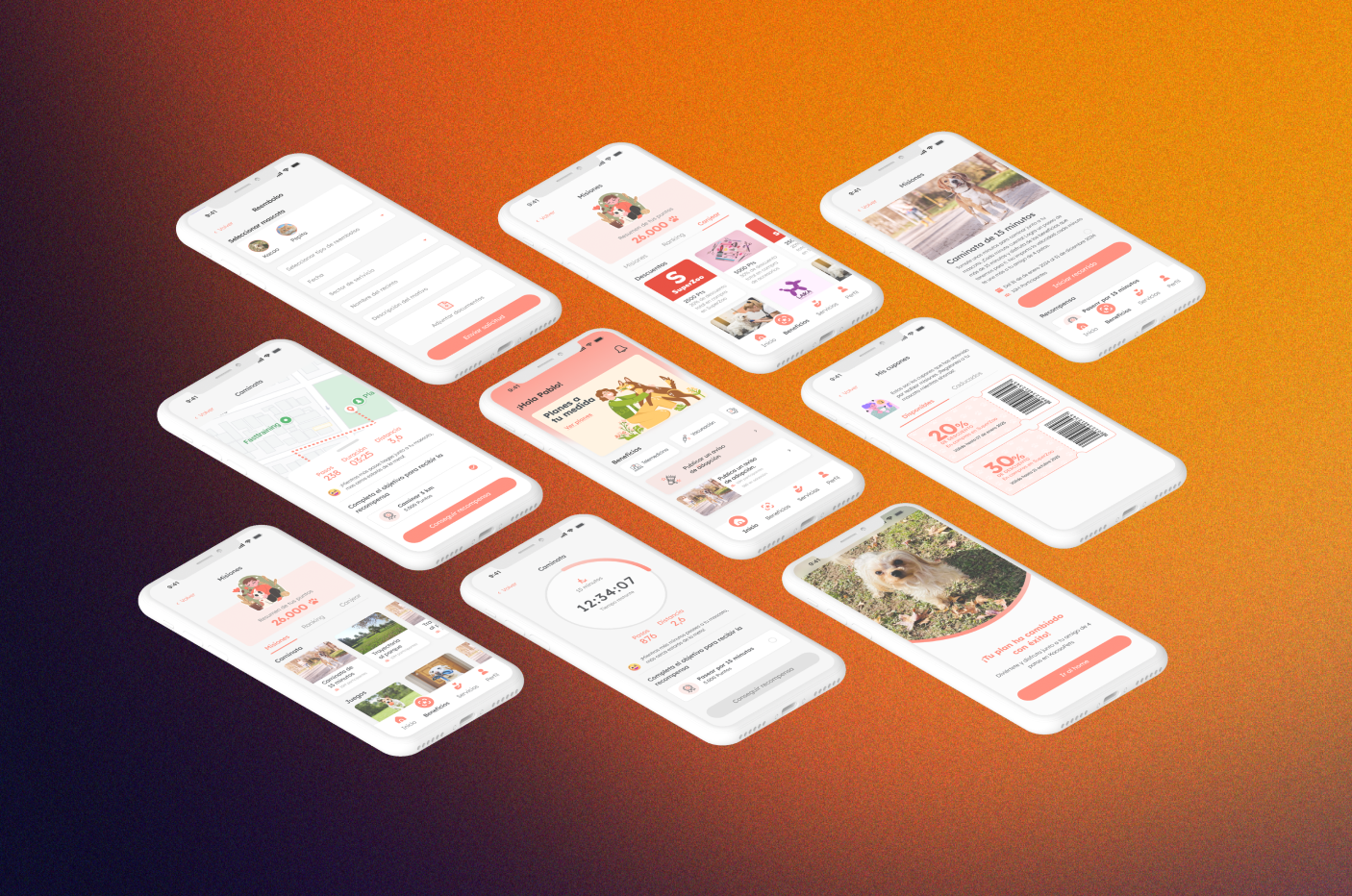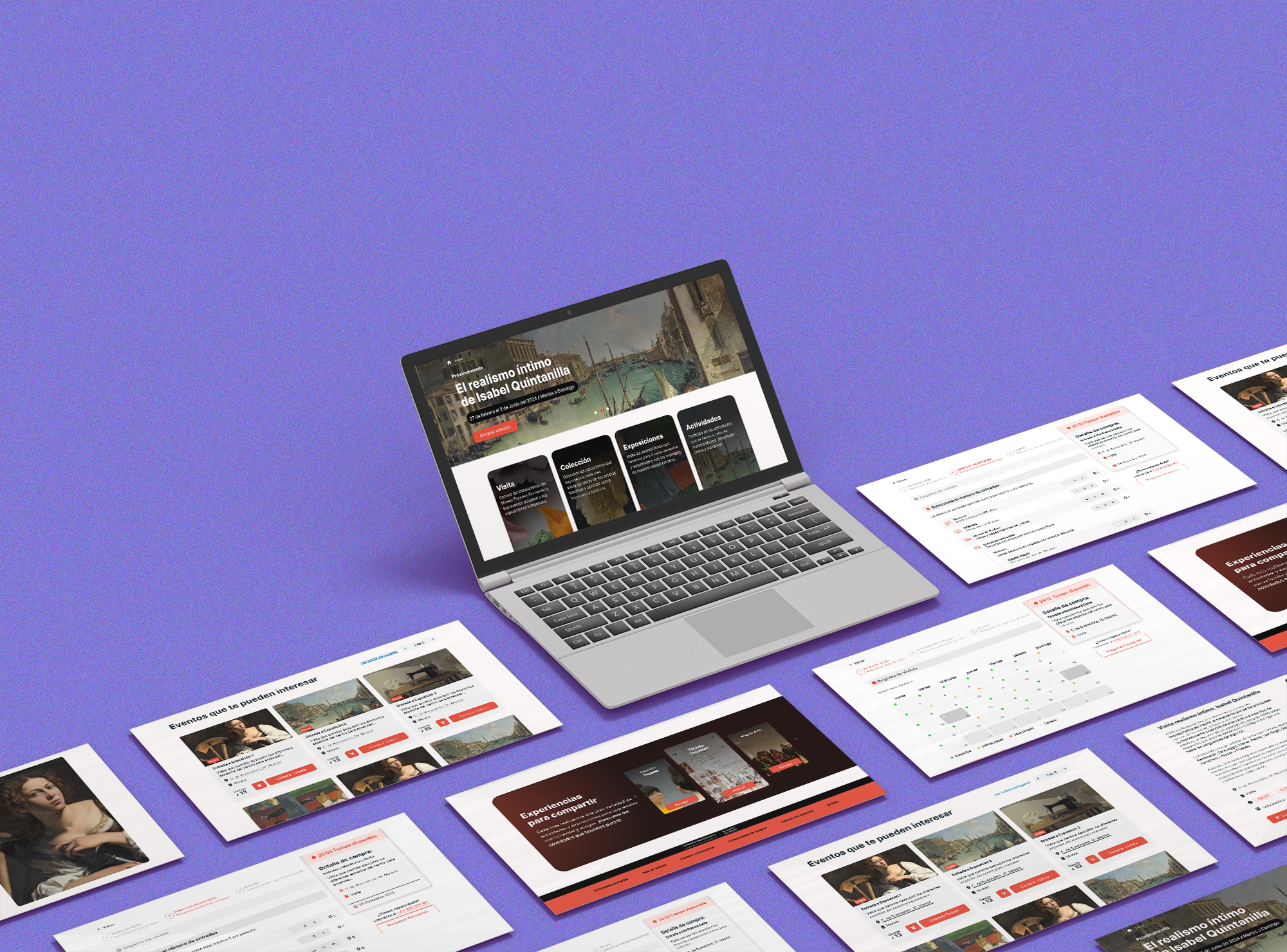Share this article
Model Distillation in AI: What It Is and Why It Matters
Model distillation has become a key technique to make artificial intelligence more efficient, faster, and more accessible.
Thanks to this process, technologies that once relied on large servers can now run on personal devices such as smartphones, laptops, or embedded systems.
In this article, we explain what model distillation is, how it works, and why it’s shaping the future of AI-based solution development.
Illustration of devices such as smartphones, laptops, edge servers, and IoT devices, representing the deployment of lightweight AI models across various environments.
Thanks to model distillation, it’s now possible to run advanced artificial intelligence on smartphones, laptops, and even IoT systems—without sacrificing performance.
What is model distillation?
Model distillation is a process in which the knowledge from a large and complex AI model (the teacher model) is transferred to a smaller model (the student model).
The goal: to maintain similar output quality while reducing resource consumption.
Instead of training the smaller model solely on labeled data, the process uses the outputs and predictions from the teacher model, helping the student model imitate its behavior more precisely and efficiently.
How does distillation work?
The process can be broken down into three key steps:
-
The teacher model generates soft targets—probability distributions that provide more information than traditional hard labels.
-
The student model is trained using these soft targets as guidance, learning not just the correct result, but also the decision-making nuances of the teacher.
-
The resulting distilled model is significantly lighter, faster, and easier to deploy.
Why is it important for the evolution of AI?
Model distillation enables:
-
Smaller model sizes: Makes it possible to run AI on mobile devices, browsers, or edge systems.
-
Faster response times: Essential for virtual assistants, chatbots, and real-time applications.
-
Lower energy consumption: Contributes to more sustainable tech infrastructure.
-
Accessibility: Democratizes AI for startups, educational projects, and regions with limited resources.
Leading companies like Google, Meta, and OpenAI already use this technique to launch optimized versions of their models, such as Gemini Flash or GPT-4 Mini.
What types of distillation exist?
There are several model distillation approaches, including:
-
Traditional distillation: The student is trained solely on the teacher’s outputs.
-
Intermediate layer distillation: In addition to outputs, internal activations from intermediate layers are also replicated.
-
Multi-task distillation: The student learns from multiple tasks or sources at once.
Each method is chosen depending on the specific needs of the project—speed, precision, or size.
What opportunities does it open for businesses and developers?
Model distillation enables:
-
The development of lighter applications that even work offline.
-
The optimization of AI products for clients with hardware limitations.
-
Reduced operational costs in cloud deployments.
-
Faster innovation cycles, by enabling quick prototyping with moderate resources.
👉 Check out real examples of distilled models on Hugging Face.
Model distillation represents a quiet yet powerful evolution in artificial intelligence development.
Understanding and applying this technique not only allows for product optimization but also opens new doors for innovation in a world where efficiency, speed, and accessibility matter more than ever.
Want to learn more?
Contact us at Moveapps and discover how we can help you boost your digital solutions with artificial intelligence.

